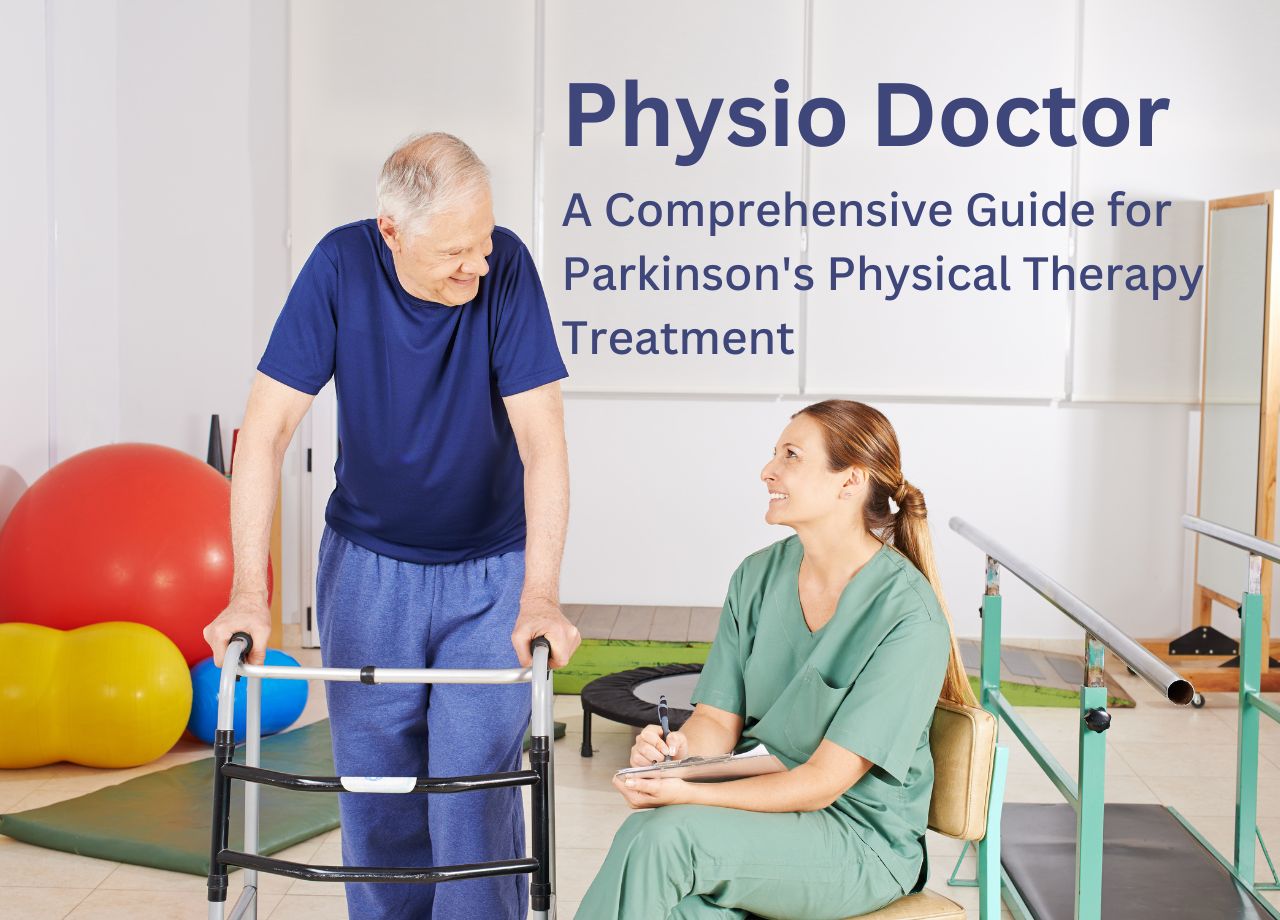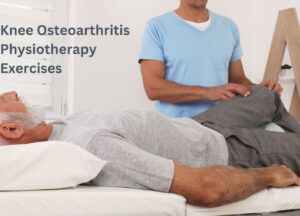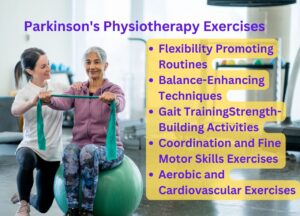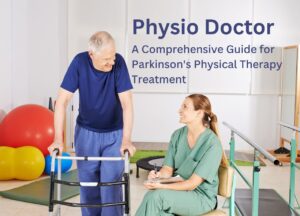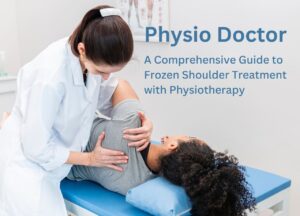Living with Parkinson’s disease can present unique challenges, affecting mobility and overall quality of life. In this guide, we’ll explore the impactful role of physical therapy in managing Parkinson’s symptoms. Discover how targeted exercises and therapies can enhance mobility, improve balance, and empower individuals to navigate life with greater ease.
Understanding Parkinson’s Disease
Parkinson’s disease is a progressive neurological disorder that impacts movement, characterized by tremors, stiffness, and difficulty with balance. While there is no cure, physical therapy emerges as a valuable component in the overall management and improvement of symptoms.
The Significance of Physical Therapy
Physical therapy is instrumental in addressing the specific challenges faced by individuals with Parkinson’s disease. Let’s delve into the key aspects of physical therapy that contribute to enhancing mobility, promoting independence, and optimizing overall well-being.
Targeted Exercise Regimens
Physical therapists develop customized exercise regimens that focus on improving muscle strength, flexibility, and coordination. Targeted exercises address specific motor symptoms associated with Parkinson’s, fostering improved mobility and functionality.
Balance Enhancement
Individuals with Parkinson’s often experience challenges with balance. Physical therapy interventions include exercises that target balance improvement, reducing the risk of falls and enhancing confidence in daily activities.
Gait Training
Gait disturbances are common in Parkinson’s disease. Physical therapists incorporate gait training exercises to improve the quality and efficiency of walking, promoting a more natural and stable gait pattern.
Functional Mobility Training
Emphasis is placed on enhancing everyday functional mobility. Physical therapy interventions are designed to facilitate tasks such as getting up from a chair, walking, and navigating various environments, empowering individuals to maintain independence.
Flexibility Exercises
Stiffness is a prevalent symptom in Parkinson’s. Physical therapists employ flexibility exercises to address muscle rigidity, promoting increased range of motion and reducing discomfort associated with stiffness.
Coordination and Fine Motor Skills
Physical therapy interventions target coordination and fine motor skills. Activities designed to enhance hand-eye coordination and dexterity contribute to improved overall motor function.
Conclusion
In conclusion, physical therapy stands as a pivotal component in the comprehensive management of Parkinson’s disease. By addressing specific motor challenges, enhancing balance, and promoting overall functional mobility, physical therapists play a crucial role in improving the quality of life for individuals living with Parkinson’s. If you or someone you know is navigating the complexities of Parkinson’s disease, consider the transformative impact of physical therapy. Consult with a qualified physical therapist to embark on a personalized journey toward greater mobility, balance, and independence.

